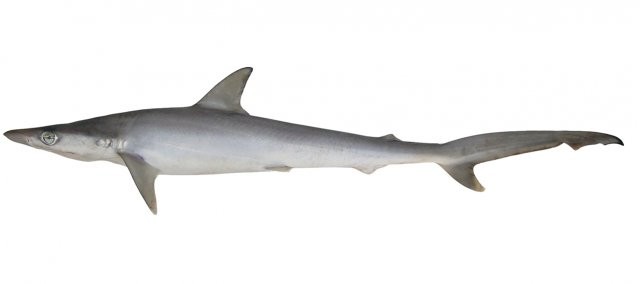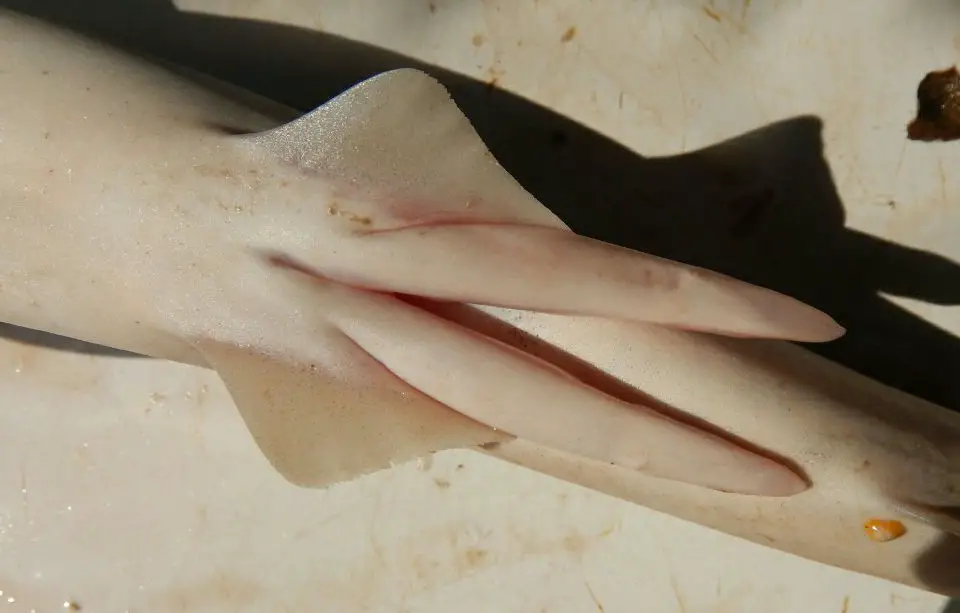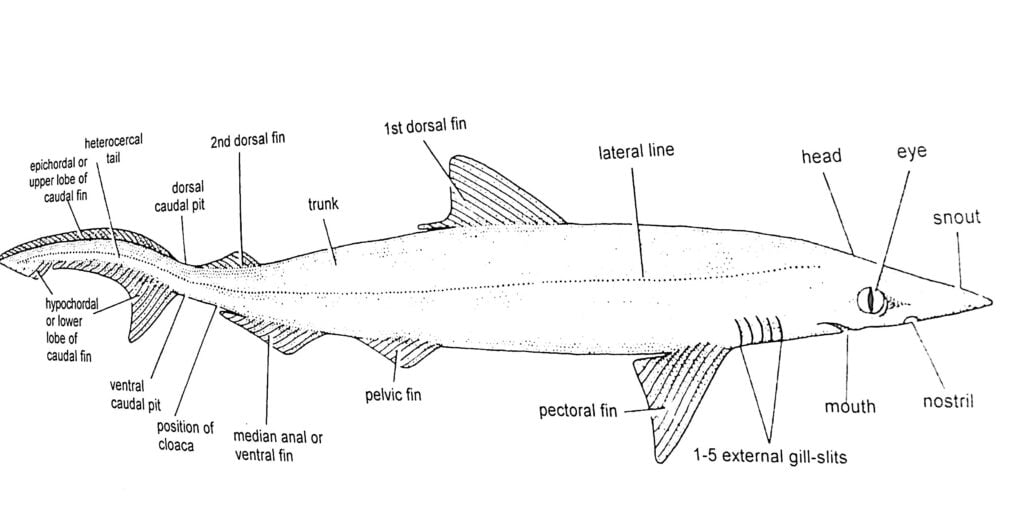Table of Contents
Body Shape of Scoliodon:
The body shape of Scoliodon is spindle-shaped, the body is much elongated and fusiform, the body laterally compressed. Dogfish or Scoliodon can swim at a very fast speed due to their streamlined body shape, the body shape gives them swiftness which helps them to chase and catch the prey.
Size of Scoliodon:
The elongated body of Scoliodon can be divided into three parts, the dorso-ventrally flattened head, oval trunk and the tapering tail. Scoliodon reaches up to 60 cm in length, the head has a snout or rostrum on the anterior end of the head, the tail is elongated, the tail occupies half of the body, the tail is slightly upward from the trunk.

Body Colouration of Scoliodon:
The body colour is a dark grey which gives them a blackish appearance and due to their blackish colouration, they are popular in the name of black shark in South India. The scientific name of Dogfish is Scoliodon sorrakowah, the world sorrakowah refer to the black colouration of their body, on the ventral side, it has white colouration.
The body colouration of Dogfish help them in hiding in the ocean water against the prey, it helps them to get their prey easily, the body colouration, fast swimming and sharp teeth all are very helpful to catch their prey. The body surface of Scoliodon is rough, the spine present on the backwards directed placoid scale on their skin make the body surface rough.
Fin System in Scoliodon:
In Scoliodon we can see two types of external appearance, paired lateral fin and unpaired median fin. The fin is actually an external outgrowth of the body which have a flap-like structure and is directed in the backward direction.
All the lateral fin and the median fin are supported by a cartilaginous rod which provides mechanical strength to the fin.
Median Fins:
On the dorsal side of the body Scoliodon has two dorsal fins, the dorsal fin on the anterior side is known as anterior or first dorsal fin and the dorsal fin is present on the posterior end of the body is known as the posterior or second dorsal fin.

The first dorsal fin is present on the mid-dorsal line at the middle of the body, it has a triangular shape that is much larger than the second dorsal fin. The second dorsal fin is present between the first dorsal fin and the tail at the middle, the second dorsal fin is also triangular but it is much smaller than the first dorsal fin. The caudal fin present around the heterocercal tail, the upper lobe and the lower lobe are unequal in Scoliodon. The upper lobe or epichordal lobe is reduced but the lower lobe or hypochordal lobe has two segments of the caudal fin. The anterior portion of hypochordal is much larger than the posterior portion of the epichordal lobe, so the epichordal is continuous but the hypochordal is notched.
On the ventral side of the body in front of the lower lobe of the caudal fin, the anal or ventral fin is present on the mid-ventral line. The first dorsal fin, second dorsal fin and the ventral or anal fin have a narrow and fleshy long structure known as the basal lobe.
Lateral Fin:
In Scoliodon two pairs of paired lateral fin present, one pair of pectoral fins and one pair of pelvic fins. The first pair of paired fins present on the anterior side of the body ventrolaterally in the trunk region and the other paired fin present on the posterior end are pelvic fins. Both pectoral and pelvic fins are triangular shapes but the pectoral fins are much larger than the pelvic fins.

In male Scoliodon the median portion of pelvic fins have grooved rod-like structures used for copulation, this structure is known as clasper or intermittent organ or myxipterigium.
Eyes of Scoliodon:
On the dorso-ventrally flattened head, the eyes present laterally one on each side of the head, the eyes are prominent and circular in Scoliodon. But the immovable eyelids present on the eyes are poorly developed and made of outgrowth of skin. The nictitating membrane present on the eyes can cover the eyes to protect the eyes from the water and other factors. But in Scoliodon the pupils of the eyes are not exposed completely, only a portion of the pupil is exposed through a vertical slit.
Detailed Study On
Scoliodon: Habits Habitat and Geographical Distribution
Biological Significance of Placodermi
Hi Everyone!!! Welcome to Imaluop. Imaluop always try to learn some new and he want to share to other people. Here we will try to learn various topics on Science, specially on Biological Sciences.